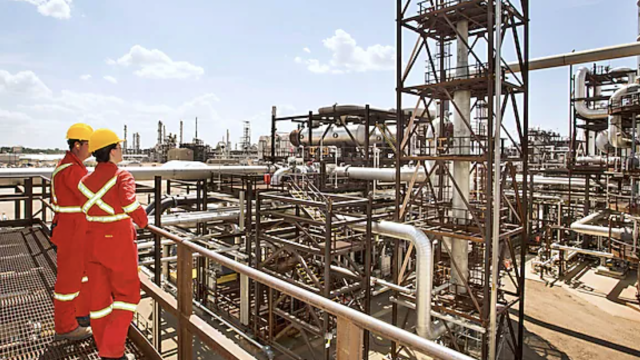Massive oil companies will do anything to look like they are cutting emissions, as long as they aren’t actually cutting emissions and they can get taxpayers to pay for the efforts. Enter Royal Dutch Shell’s Quest Carbon Capture facility in Alberta, Canada, which has captured 5 million tonnes of carbon since it started operation in 2015. The only problem? The hydrogen plant has emitted 7.5 million tonnes in that time, including methane as well as carbon.
If I was a Canadian tax payer (who naturally helped fund this boondoggle to the tune of $US654 (A$908) million USD — half of the carbon capture plant’s cost) I’d be pretty pissed right about now.
This info comes to us via Vice and a new report from the human rights organisation Global Witness:
Each year, Shell’s plant has the same carbon footprint as 1.2 million petrol cars.
Just 48% of the plant’s carbon emissions are captured, we found, falling woefully short of the 90% carbon capture rate promised by industry for fossil hydrogen projects. This rate drops to only 39% when including other greenhouse gas emissions from Shell’s project.
This research delivers a serious blow to proponents of fossil hydrogen who are pushing for more public funds to support its use, with $US654 (A$908) million of the $US1 (A$1.39) billion cost of Quest having come from Canadian government subsidies. Yet despite this vast expense, Shell’s project has failed to deliver anywhere near the cut in emissions needed to tackle global heating.
The lesson from Quest should be loud and clear for governments all over the world. Do not invest in a technology that is not only failing to deliver any effective action in tackling the climate crisis – but is in fact contributing to it.
The methane that plant emits is actually worse for the environment than carbon, with 80 times the warming effect in its first 20 years in the atmosphere, according to the Environmental Defence Fund.
Quest CCS was designed to capture the emissions from Shell’s Scotford Upgrader, which turns oil sands bitumen into synthetic crude that can be refined into fuel and other products. Extracting oil from the tar sand of Alberta is the most carbon intensive extraction method on Earth, according to the Financial Times. It’s also the third largest deposit of oil in the world. From 2015 (the year the Quest CCS plant went into production) to 2019, emissions from oil sands extraction rose an incredible 140 per cent. Alberta manages about 3.5 million barrels of oil a day from the sands, much of it heading south to Canada’s best customer — the U.S.
And now, thanks to this carbon capture plant, this energy-intensive operation is even dirtier than before. Carbon capture technology seems to not be the way to go, with several countries refusing to provide subsidies for similar plants, according to Vice. Neither Shell, nor the Canadian government responded to questions regarding the pollution caused by the plant.
It seems there are no easy answers to cutting down on climate changing emissions, and we should all be wary of solutions proposed by the dirtiest companies in business. Only wholesale lifestyle changes in the world’s richest countries could do anything to slow our impending climate doom, which seems as likely as oil companies solving the problem.
